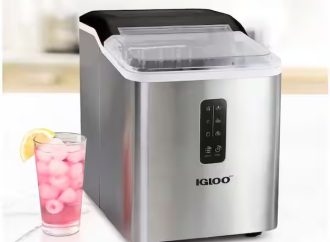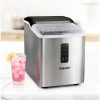Herbs are a great addition to any home garden, and growing them in containers is a perfect solution for those who lack outdoor space or have limited sunlight. Not only are they easy to grow, but they also offer a fresh, natural source of flavor for cooking, and can be used for medicinal purposes. In
Herbs are a great addition to any home garden, and growing them in containers is a perfect solution for those who lack outdoor space or have limited sunlight. Not only are they easy to grow, but they also offer a fresh, natural source of flavor for cooking, and can be used for medicinal purposes. In this article, we will discuss how to maintain and care for your container herb garden to ensure a healthy and abundant harvest.
Choosing the Right Container
Choosing the right container is crucial for a healthy herb garden. The container should be large enough to accommodate the herbs’ root system and should have drainage holes to allow excess water to escape. Terracotta or clay pots are ideal as they absorb moisture and keep the soil cool, but plastic, metal, or wooden containers can also be used.
Selecting the Right Soil
Choosing the right soil is also essential for the health of your herbs. Use a high-quality potting mix that is specifically designed for container gardening. The soil should be well-draining and not compacted. You can also add some perlite or vermiculite to the soil to increase drainage.
Watering Your Herbs
Proper watering is critical for the success of your herb garden. Water the plants regularly, but do not overwater them as this can cause root rot. Check the soil moisture level by inserting your finger into the soil up to the first knuckle. If the soil feels dry, it’s time to water. Water the plants deeply to ensure that the water reaches the root system.
Fertilizing Your Herbs
Herbs need nutrients to grow, and fertilizer is an excellent way to provide them with the necessary nutrients. Use an organic, slow-release fertilizer every six weeks during the growing season. You can also use a liquid fertilizer every two weeks for a more immediate boost.
Pruning and Harvesting
Regular pruning and harvesting will help your herbs grow bushier and produce more leaves. Pinch back the tips of the plants to encourage branching and remove any dead or yellow leaves. Harvest the herbs regularly to encourage new growth, and ensure that you are picking them at the right time. For example, basil should be harvested before it flowers, while thyme can be harvested throughout the growing season.
Pest and Disease Control
Container herb gardens are less prone to pest and disease problems than in-ground gardens. However, you may still encounter some issues. To prevent pests, keep the area around the container clean, and remove any dead or diseased leaves. If pests do appear, try spraying the plants with a solution of water and dish soap or neem oil. For diseases, remove any affected leaves and dispose of them immediately.
In conclusion, growing a container herb garden can be a rewarding and fulfilling experience. By following the tips outlined in this article, you can ensure that your herbs thrive, providing you with fresh, natural flavorings for your culinary creations and adding a beautiful touch of green to your home.























Leave a Comment
Your email address will not be published. Required fields are marked with *